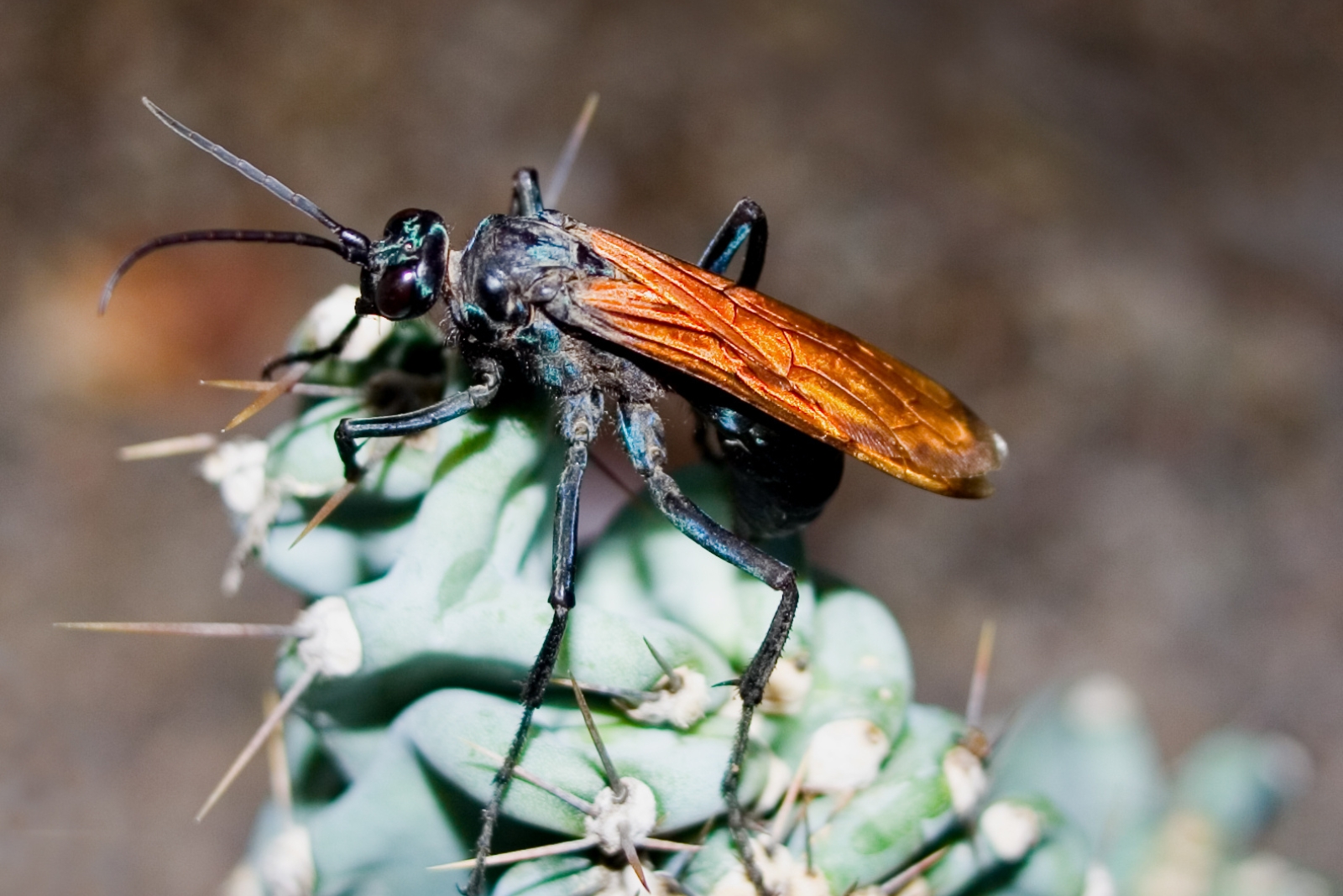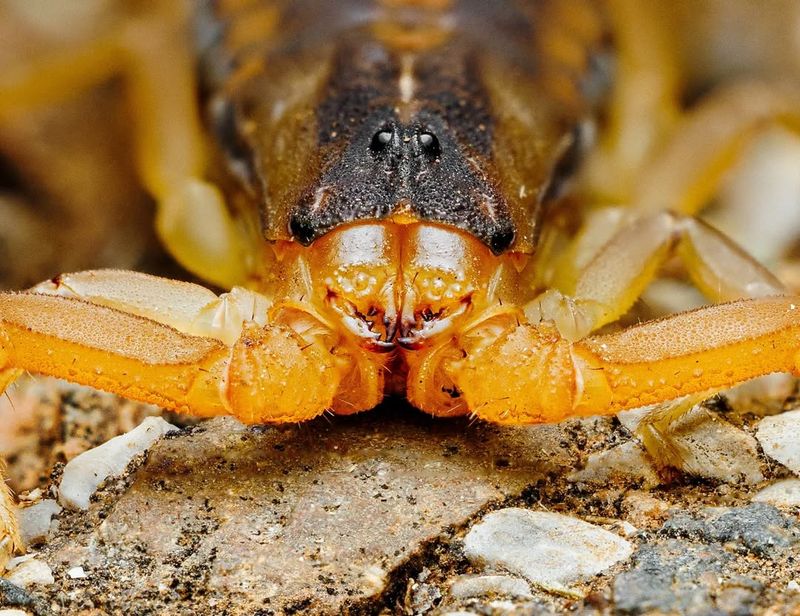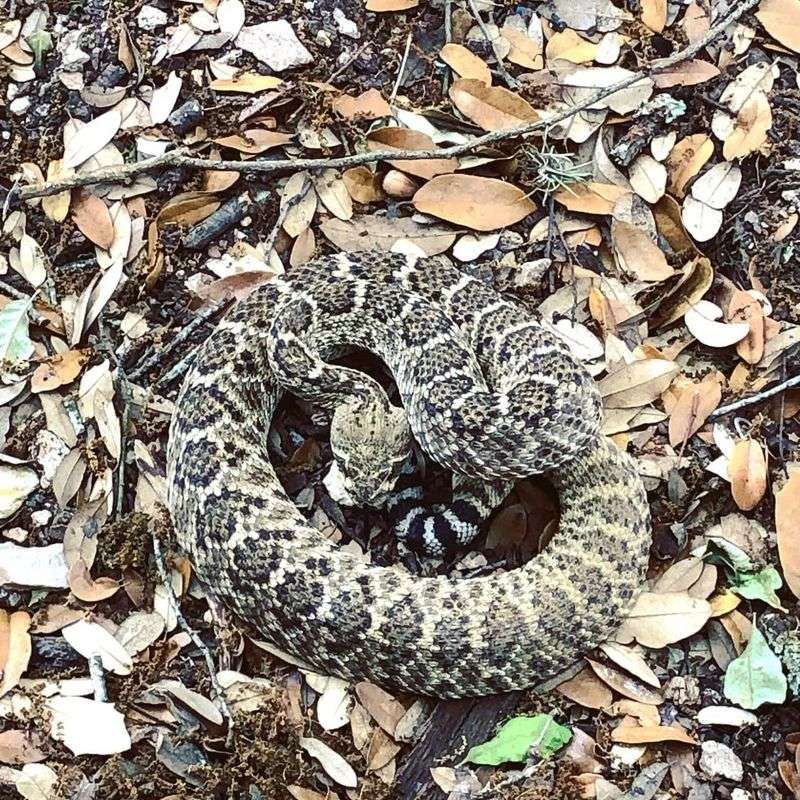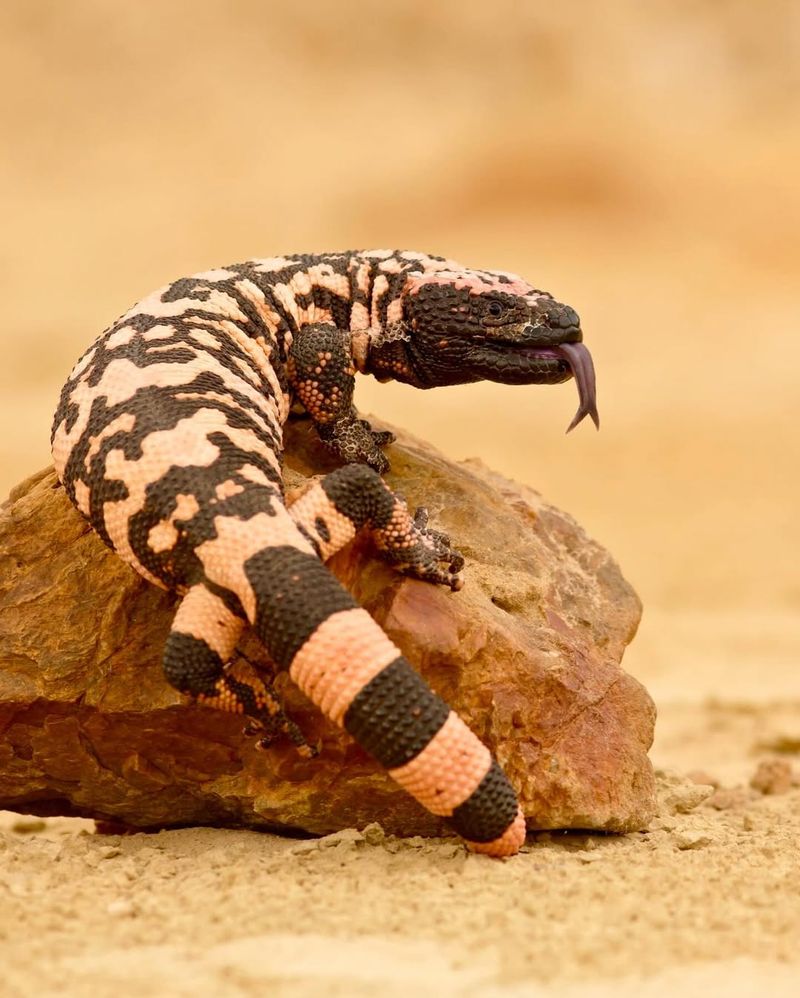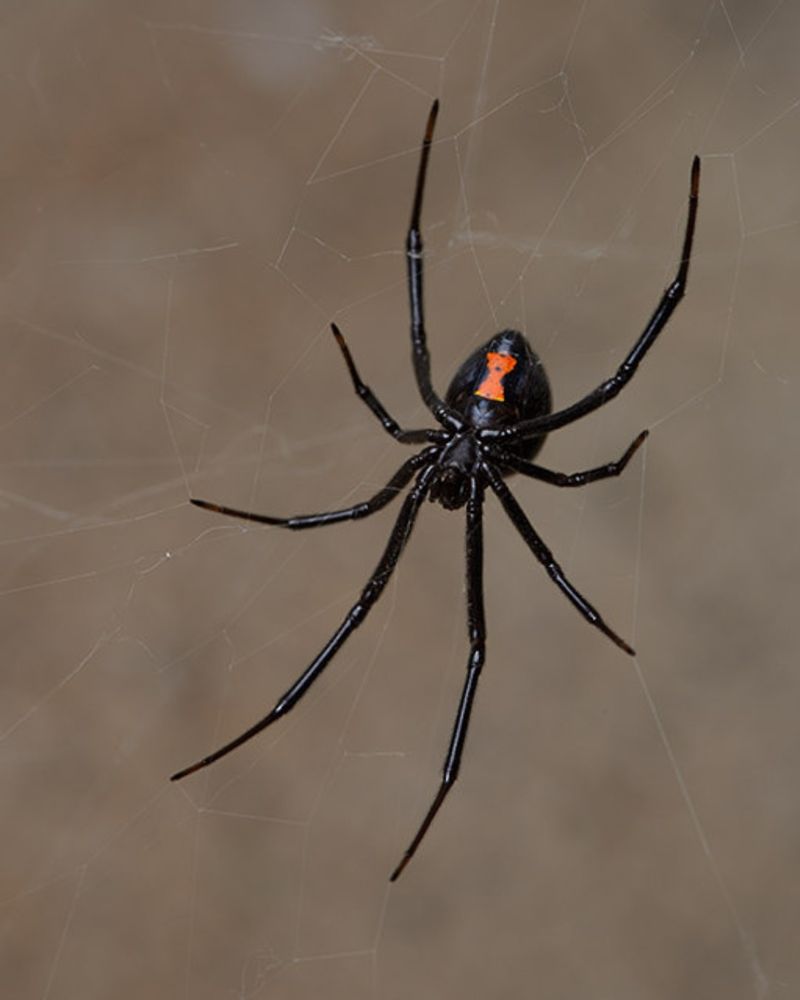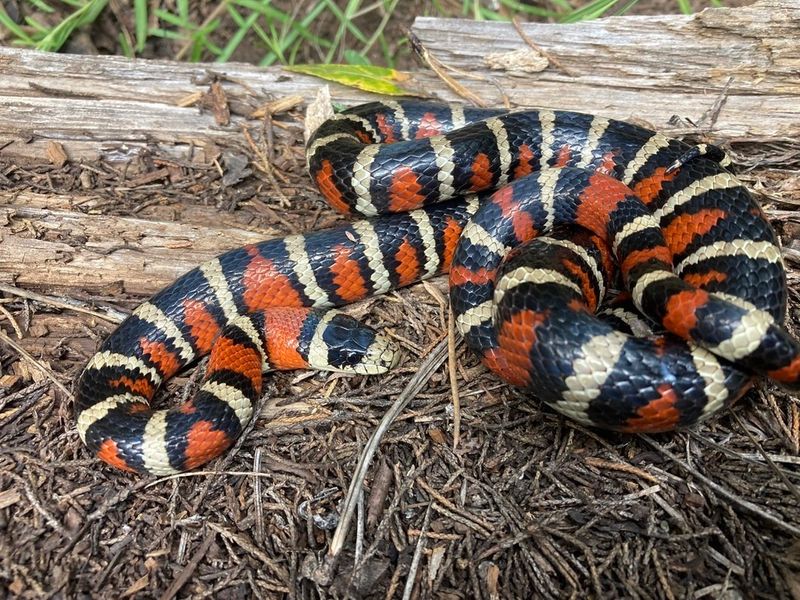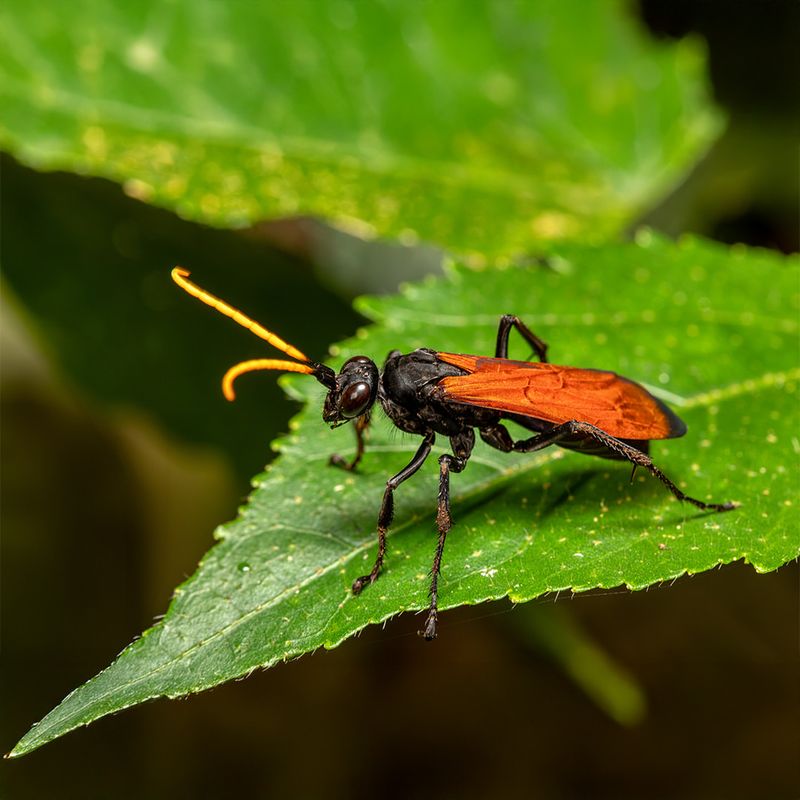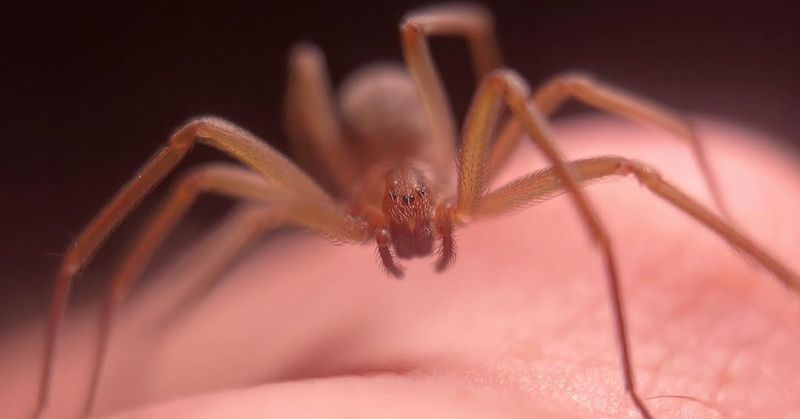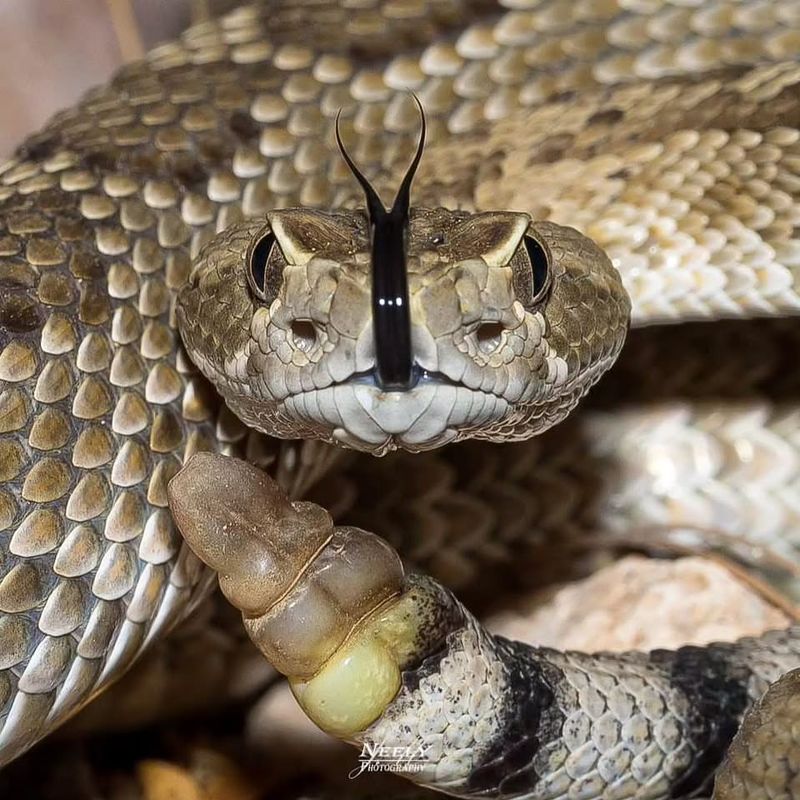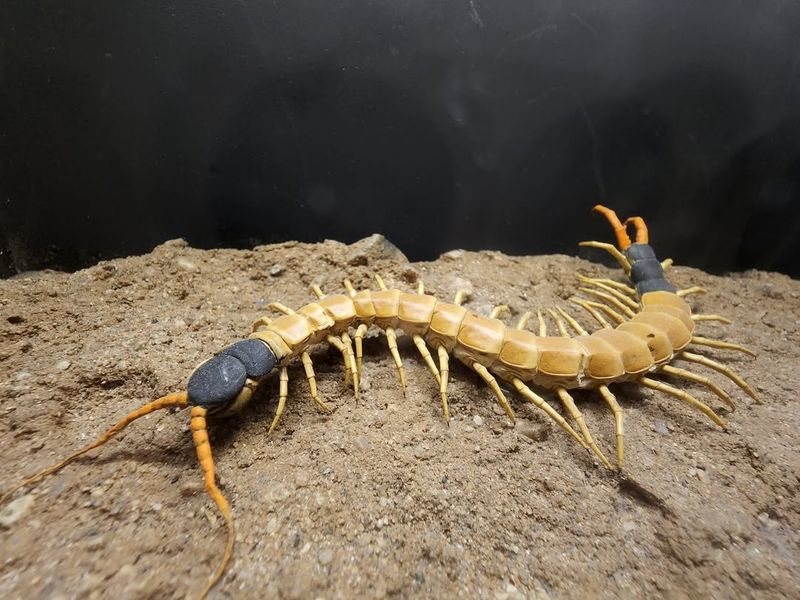Living in Arizona means sharing your space with some seriously dangerous wildlife. The desert is home to venomous creatures that can cause painful bites, stings, and even life-threatening reactions.
Knowing what to look for can help you stay safe whether you’re hiking, gardening, or just walking to your car.
1. Arizona Bark Scorpion
With its pale tan color and slender body, this scorpion is Arizona’s most dangerous arachnid. Unlike other scorpions, it can climb walls and often sneaks into homes through tiny cracks.
Its sting feels like a powerful electric shock and can cause numbness, difficulty breathing, and muscle twitching. Children and elderly people face the highest risk of severe reactions.
Always shake out shoes and check bedding before use. If stung, apply ice and seek medical attention immediately, especially for young kids.
2. Western Diamondback Rattlesnake
Sporting bold diamond patterns down its back, this snake is responsible for most snakebites in the Southwest. That famous rattle at the tip of its tail serves as nature’s warning system.
When threatened, it coils up and shakes its rattle to create a buzzing sound you won’t forget. The venom destroys tissue and blood cells, causing severe pain and swelling.
Keep your distance if you hear rattling. Most bites happen when people accidentally step too close or try to handle them.
3. Gila Monster
America’s only venomous lizard looks like it’s covered in colorful beads of orange, pink, and black. Moving slowly across the desert floor, it rarely bothers humans unless provoked.
When it bites, it holds on tight and chews venom into the wound through grooved teeth. The bite causes intense burning pain, swelling, and nausea that can last for hours.
Never attempt to pick one up or corner it. They’re protected by law, and disturbing them can result in hefty fines.
4. Black Widow Spider
Shiny black with a distinctive red hourglass on her belly, the female black widow packs neurotoxic venom fifteen times stronger than a rattlesnake’s. Males are harmless and much smaller.
She builds messy, irregular webs in dark corners of garages, sheds, and woodpiles. Bites cause severe muscle cramps, abdominal pain, and sweating.
Wear gloves when moving stored items outdoors. Most bites occur when people reach into dark spaces without looking first. Medical treatment is available and highly effective.
5. Arizona Coral Snake
Bands of red, yellow, and black circle this beautiful but deadly snake. Remember the rhyme: red touches yellow, kills a fellow. That pattern separates it from harmless mimics.
Coral snakes are shy and spend most of their time underground or under rocks. Their venom attacks the nervous system, causing breathing problems and paralysis.
Bites are rare because they have small mouths and prefer to flee. If bitten, get to a hospital immediately since symptoms can be delayed but serious.
6. Tarantula Hawk Wasp
Sporting metallic blue-black bodies and brilliant orange wings, these massive wasps deliver one of the most painful stings in the insect world. Entomologist Justin Schmidt rated it a perfect four on his pain index.
The good news? They’re not aggressive toward humans and only sting when grabbed or stepped on. The blinding pain lasts about five minutes but leaves no lasting damage.
Just admire them from a distance as they hunt tarantulas across the desert landscape.
7. Arizona Brown Spider
Often called the Arizona recluse, this spider has a violin-shaped mark on its back. It hides in undisturbed areas like closets, attics, and storage boxes.
Its venom causes tissue death, creating wounds that take months to heal. Bites often happen when the spider gets trapped against skin in clothing or bedding.
Reduce clutter in storage areas and shake out items that haven’t been used recently. While bites are uncommon, they require prompt medical care to prevent serious complications and scarring.
8. Mojave Rattlesnake
Greenish-gray with less distinct diamond patterns than its western cousin, the Mojave rattlesnake possesses the most toxic venom of any North American rattler. Its neurotoxic venom affects both nerves and tissue.
Found in Arizona’s lower elevations, it often hunts at dawn and dusk. Victims may not feel severe pain initially, which tricks them into thinking the bite isn’t serious.
Any rattlesnake bite requires immediate emergency care. The Mojave’s venom can cause respiratory failure hours after the initial bite.
9. Giant Desert Centipede
Reaching eight inches long, this rust-colored nightmare has modified front legs that act as venomous fangs. It’s aggressive when cornered and won’t hesitate to bite.
Active at night, centipedes hunt insects and small animals. Their venom causes intense burning pain, swelling, and sometimes nausea or dizziness.
Check shoes and sleeping bags when camping. While bites are extremely painful, they’re rarely dangerous to healthy adults. Clean the wound thoroughly and use ice to reduce swelling and discomfort.

